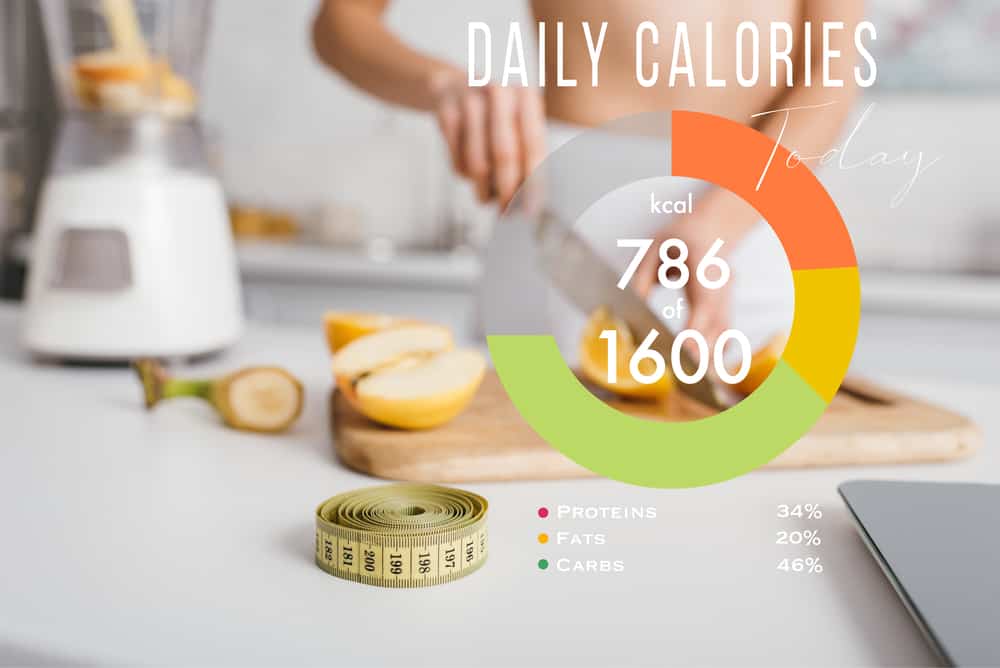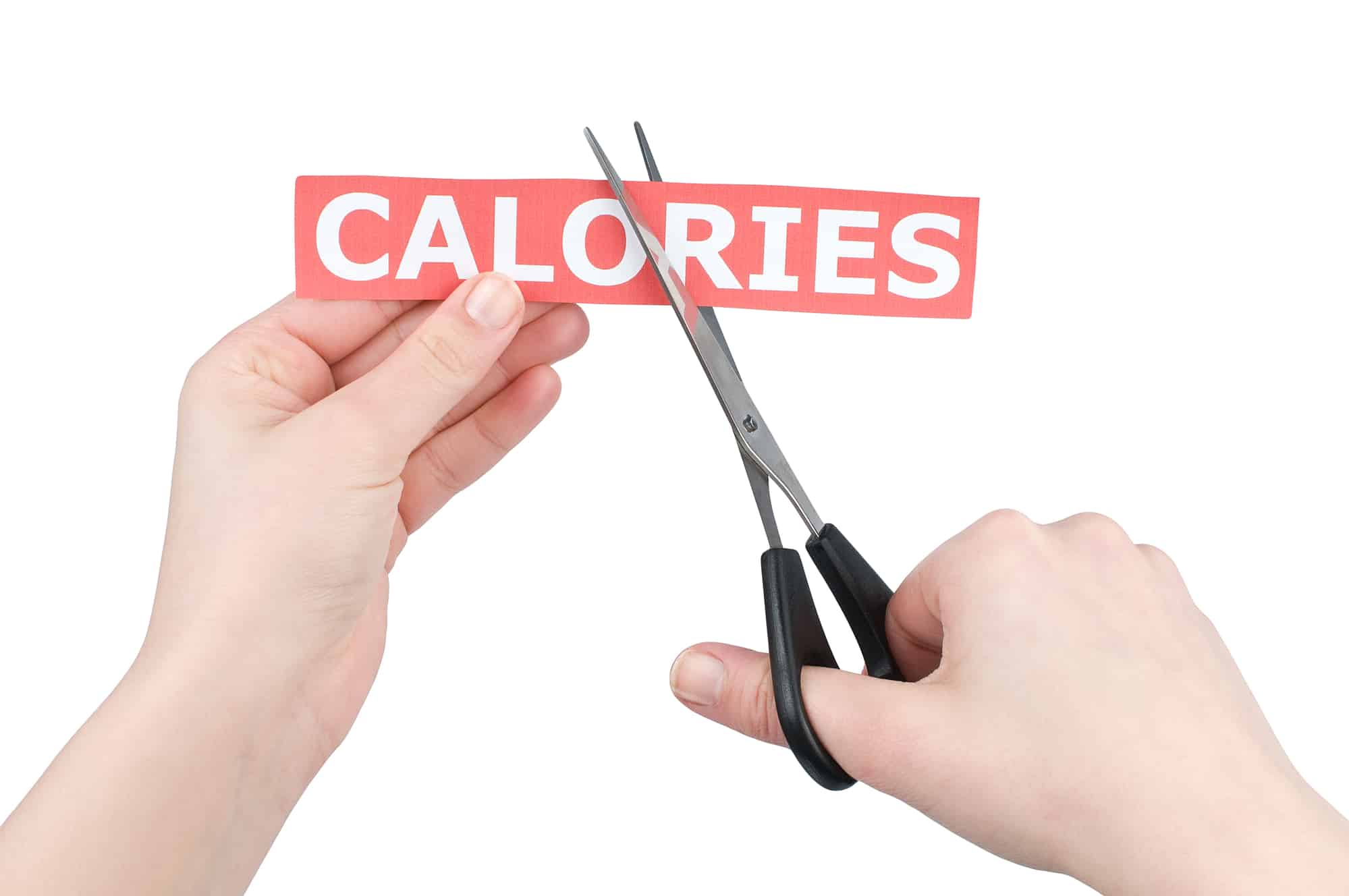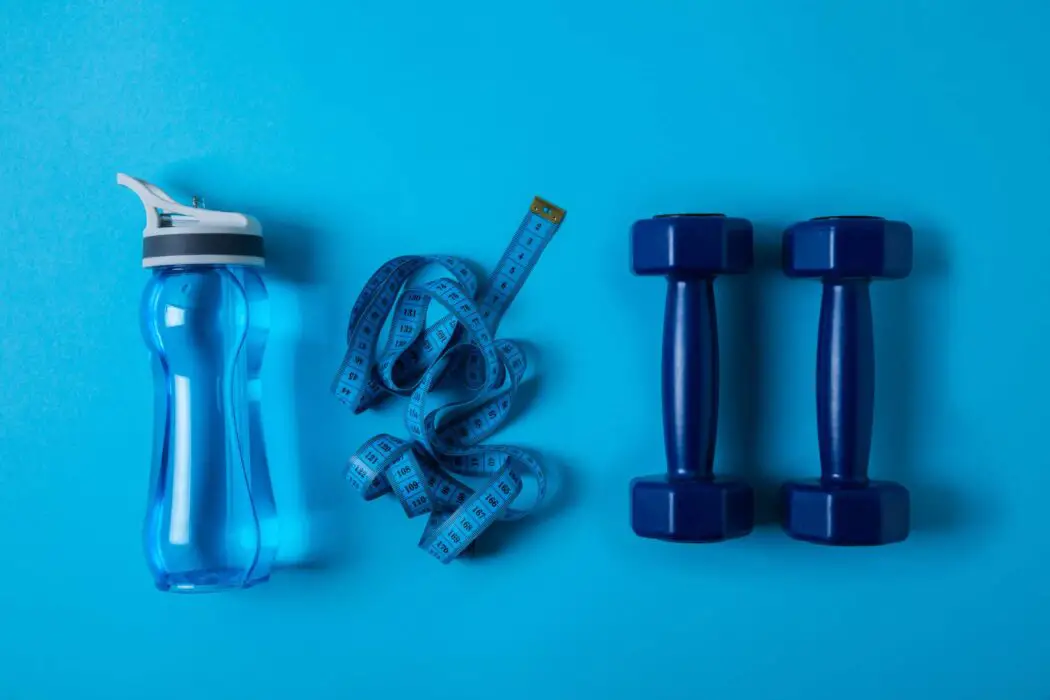When you are embarking on a fitness journey, your goals may be different from the objectives of others. However, at one point in our lives, we all come up with the question of losing a certain amount of weight and fat. And the primary key to success is a calorie deficit. If you want to keep your body healthy, you’ll need to increase calories expenditure instead of cutting all your calories intake. But what exercises burn the most calories?
While all training types use energy and thus burn calories, some are more effective and time-efficient. If you have little time to burn the max number of calories, try switching to a high-intensity interval regime for your exercises. Here are five kinds of training that you can effectively use to burn the most calories in just 30 minutes!
Note that such a simple workout as walking can also burn a decent number of calories a day for weight and fat loss. However, the amount of time you need to spend walking is huge compared to these five exercises that are the most time-efficient burners.
As our goal here is to find an exercise that burns the most calories in just 30 minutes, I’ll suggest interval training for all activities. Such an increase is contingent on the heightened oxygen uptake. The calculated expenditure is five calories per liter of oxygen. As high-intensity interval training is accompanied by high oxygen uptake, you increase calories burned.
How Are Calories Burned Calculated?

Although it’s hard to calculate the exact number of calories burned, even with an individual approach, scientists have several ways of counting an approximate number.
The widely accepted metric used in various fitness tracking apps and devices is based on MET.
MET stands for metabolic equivalent. One MET is basically the energy cost of relaxed sitting. For each person, this is a personal number that is calculated this way
1 kcal*kg in 1 hour
It means that a person of 50kg (110lbs) burns 50 calories by simply sitting for one hour.
Each activity is given its own MET value. Thus, sitting is valued 1, while dancing falls under a range of 3 to 11, and ironing is 1.8.
The formula used to calculate calories burned is
(MET value * weight(kg)) №of minutes
However, remember that this is an approximate estimation as the total number of calories burned depends on the following factors as well:
- age
- body composition (muscles burn more energy than fat)
- fitness level
- oxygen intake
- temperature (you burn more calories during hot summers)
What Types of Exercises Burn Most Calories?
Cycling
Even when the weather is terrible, you can still burn those calories indoors on a standing bicycle. In fact, indoor cycling is more effective as you can set up the level of resistance and train at greater intensity.
Note that you’ll have to increase the intensity to no lower than 200 watts to burn the most calories. Interval cycling is the most efficient approach to choose for maximum calorie burn in a short time.
As calorie estimation is highly subjective and depends on a variety of factors, I’ve chosen these detailed estimations that combine two studies:
-
- Harvard research of steady-paced exercise estimations for people of three different weight groups.
- A similar study was published in the Journal of Strength and Conditioning Research on 30-minute HIIT training.
| 125 pounds | 155 pounds | 185 pounds | |
| Steady moderate-paced cycling (14-16 mph) | 300 | 372 | 444 |
| HIIT equivalent | 390 | 484 | 577 |
| Steady fast-paced cycling (16-19 mph) | 360 | 446 | 533 |
| HIIT equivalent | 468 | 557 | 692 |
HIIT Calisthenics
You probably already know the benefits of calisthenics from my previous article. In a nutshell, these are compound bodyweight exercises that increase the overall health and endurance of your body.
CrossFit VS HIIT: Which Is Better for You?
During the previous year, at-home HIIT workout sessions became incredibly popular on YouTube as a means of keeping in shape while the gyms were closed. And there is a good reason for its popularity.
A 30-minute HIIT workout can burn from 250 to 500 calories depending on
- your weight
- your fitness level
- workout intensity
Personally, I eat around 250 calories per 30-minute session, according to my fitness tracker. However, I’m just a small girl of 125 pounds.
Running
There are various kinds of running that burn different numbers of calories. For example, as I’ve mentioned initially, high-intensity interval training burns calories better than steady-paced training. Thus, your marathon runs should be targeted at increasing endurance, not burning calories.
Sprints and interval running should be your choice for burning fat.
According to the Harvard study mentioned above, 30 minutes of moderate pace running (7.5 mph) burns the following amount of calories:
| 125 pounds | 155 pounds | 185 pounds |
| 375 calories | 450 calories | 525 calories |
Jump Rope
This is a tricky exercise. Yes, it does burn lots of calories, but you need the most time to master the movement enough to burn the max you can. Jumping rope is simply not for everyone. Let me tell you this now – if you hate jumping rope and have no wish to hit yourself everywhere while learning it, switch to any of the abovementioned exercises.
If you do enjoy jumping rope sessions, you can burn around 300 – 500 calories, depending on your weight and intensity.
Rowing

Have you noticed that most celebrity workouts I’ve researched included exercises on a rowing machine? Henry Cavill’s workout for example?That is because the workout is so effective and efficient for short training.
High-intensity rowing machine training is estimated to burn the following number of calories
| 125 pounds | 155 pounds | 185 pounds |
| 230 calories | 270 calories | 330 calories |
A cardio row machine is becoming more popular in regular gyms as well; it’s not only for professional celebrity training. Powerful row strokes are essentially strength movements that will build a nice tone for your muscles.
Is It Possible to Burn 1000 Calories in a Workout?
Theoretically, yes. Practically, very hard.
Just look at the numbers of a 30-minute high-intensity training. The max you can do is around 500-600, depending on your weight. If you are a trained athlete whose weight is primarily muscles, you can count for around 1000 calories during rigorous one-hour training. However, it would be very hard to keep the required intensity for more than an hour to burn those 1000 calories in one single workout if you fall short on these criteria.
If you are a newbie/intermediate-level fitness enthusiast, do not try to reach the goal in one go. Your body will not thank you for that.
1000-Calorie Diet: Weight Loss Tool or Health Hazard?
Instead, your best option is to divide your training into a couple of workouts in the morning and evening. Plus, add more steps and activities throughout the day.
Workouts That Burn 1000 Calories?
To burn 1000 calories a day, a fitness novice should divide and conquer.
Thus, the main component is activity throughout the day – walking.
- Walking. According to estimations, 10,000 steps (brisk walking) burn around 300 – 400 calories for an average person. That is a good start.
- Plus, add running in the morning for 30 minutes – around 400 calories.
- In the evening, a 30-minute full-body HIIT session – around 300 calories.
And so, you get those 1000+ calories divided by several workout types while feeling energized the whole day.
Is It Bad to Burn 1000 Calories a Day?

What if I told you that you are already burning more than 1000 calories a day no matter what you are doing? Even when you simply sit at home doing nothing, your body spends energy on simple maintenance functions.
That is your BMR (basal metabolic rate). This number shows the basic amount of energy your body spends while resting. You can find numerous online calculators to check your BMR – the number translates into calories per day. If you want to do quick math right now, you’ll the following numbers
- gender
- age
- weight
- height
Formula for MEN
BMR = 88.362 + (13.397 x weight in kg) + (4.799 x height in cm) – (5.677 x age in years)
Formula for WOMEN
BMR = 447.593 + (9.247 x weight in kg) + (3.098 x height in cm) – (4.330 x age in years)
The formula will tell you the minimum number of calories to sustain your health during totally passive days. Even a sedentary lifestyle requires more calories for weight maintenance.
Though, I get what you mean – is it safe to burn an extra 1000 calories a day? Via active training.
The answer is yes! It is totally safe if you distribute these activities throughout the day. In fact, you don’t need to delegate those 1000 calories to high-intensity training and even walking. Simple house chores, personal hygiene, and digestion all require energy and burn calories. Also, you should check my fellow writer’s article on thermic effects of foods to learn how the amount of energy spent on processing foods affects weight loss.
How to Use Total Daily Expenditure Calculator for Weight Loss
All in all, I’d like to highlight that the precise number of calories you burn daily is hard to calculate. This is a complex process that depends on many factors. And none modern fitness tracker takes into account all of them. The numbers you see in the apps are just rough representations of an average hypothetical human of your age and weight.
Thus, do not stress over a rogue hundred or two hundred calories you cannot burn to reach your goal. Instead, focus on being active overall and spend your days moving! As most estimations of calorie expenditure are rough, just pay attention to your energy levels.
 Fact checked by
Fact checked by 